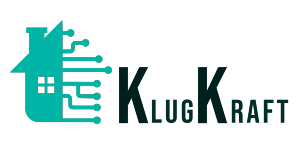The integration of home automation into sustainable building design represents a transformative approach for architects and interior designers, especially in urban areas where space is at a premium and environmental impacts are significant. By harnessing smart technology, professionals in these fields can create buildings that are not only efficient and responsive but also contribute to the larger goal of sustainable living.
Energy Efficiency with Sustainable Urban Design
One of the primary ways home automation contributes to sustainable building is through enhanced energy efficiency. Automated systems can control lighting, heating, cooling, and ventilation based on occupancy and ambient conditions, reducing energy consumption. For instance, smart thermostats can adjust the temperature based on the time of day and whether or not the space is occupied, while automated blinds can adjust to optimize natural light, reducing the need for artificial lighting.
Water Conservation with Sustainable Urban Design
Water scarcity is a growing concern, especially in densely populated urban areas. Home automation systems can be programmed to optimize water use, with smart irrigation systems that adjust watering schedules based on weather forecasts and soil moisture sensors. Smart faucets and showerheads can also reduce water flow and shut off automatically when not in use, significantly cutting down on water waste.
Healthier Living Environments
The quality of the indoor environment significantly impacts occupants’ health and well-being. Home automation systems can monitor and control air quality, temperature, and humidity, ensuring that the indoor environment remains comfortable and healthy. For example, smart ventilation systems can detect the level of indoor pollutants and adjust airflow accordingly, while automated window openers can ensure adequate natural ventilation.
Integration with Renewable Energy Sources
For truly sustainable urban design, architects and interior designers are increasingly incorporating renewable energy sources such as solar panels and wind turbines. Home automation systems can optimize the use of these renewable resources, storing excess energy during peak production times and distributing it when needed. This not only reduces reliance on non-renewable energy sources but also lowers energy costs.
Challenges and Considerations
While the potential benefits are significant, the integration of home automation into sustainable building designs also presents challenges. Concerns about privacy, security, and the digital divide need to be addressed. Additionally, the initial costs of installing smart systems can be high, although they often pay off in the long term through reduced energy and maintenance costs.


